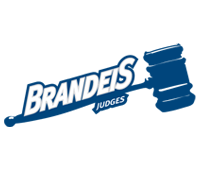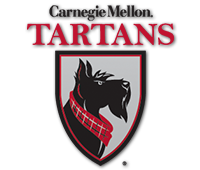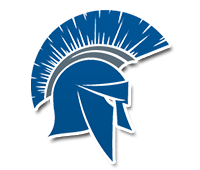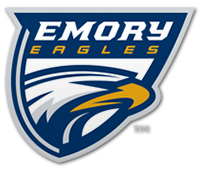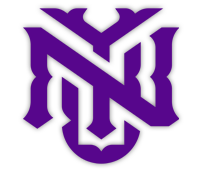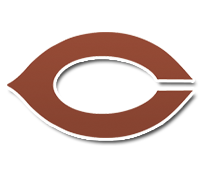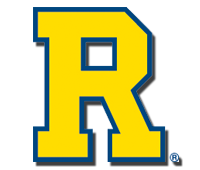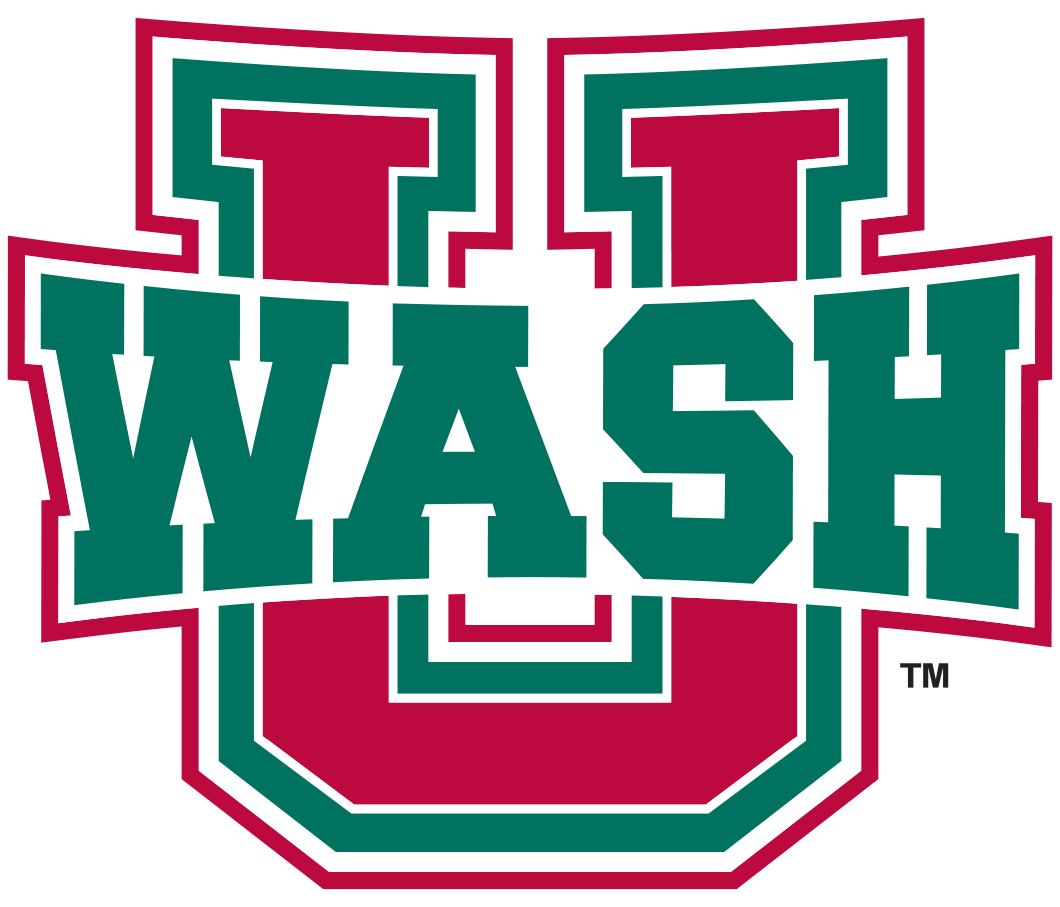Change in institutions is often the product of circumstance. It is, more often than not, the opportune joining of problems, solutions, resources, and decision-makers at some coincidental point in time. It might be said that such a combination of factors worked to support the formation of the University Athletic Association.
During the early 1980's, several small to medium sized research universities began to examine the direction of their athletics programs as well as the relationship of athletics to the whole of their respective institutions. From time to time, administrators and student affairs staff of the schools shared their concerns informally with each other and found significant common ground among their institutions. The commonality of their concerns and the possibilities that might be realized through a collective effort among institutions suggested exploration of some type of formal association.
At one point, athletic administrators from several institutions met to discuss the possibility of an athletic conference with competition in selected sports, however, no formal arrangements resulted from those discussions. At the same time several institutions began to develop working agreements among themselves for rotating sponsorship of a series of four-team basketball tournaments.
As these informal relationships were beginning to evolve, one college administrator began to visualize the potential that might be realized by the formal association of a group of these academic institutions. Harry Kisker, Vice Provost and Dean of Students at Washington University in St. Louis, took it upon himself to visit several college campuses and share his vision of an athletic association of Division III institutions of similar academic stature and mission. During his visits he spoke with chief executive officers, student affairs administrators, and athletic administrators. His efforts were not without results.
In the fall of 1984, William Danforth and Dennis O'Brien began talking in earnest of starting a national Division III intercollegiate athletic association based on academic similarities instead of athletic comparisons. Danforth, the chancellor of Washington University in St. Louis, and O'Brien, the president of the University of Rochester, were attending a convention of the American Association of Universities, a 56-member national group of research universities. Their discussions during that fall meeting were a precursor to a larger effort.
During the summer of 1985, Dennis O'Brien invited the chief executive officers of several major research universities located in prominent metropolitan areas to a meeting on the University of Rochester campus to explore the possibilities of some sort of university athletic association. A group including presidents, chancellors, vice-presidents, deans, faculty, and administrators met at Rochester in October. A philosophical rationale for an athletic association of such institutions was discussed, along with various models of competition which might be pursued, and the financial implications of each. The result of this meeting was an agreement among those in attendance to pursue the discussions on their respective campuses and meet again in February at Washington University in St. Louis. At the meeting in St. Louis, the participating institutions agreed upon a general model of competition and a first draft of a constitution and bylaws. The results were returned to the individual campuses for approval and final commitment.
On June 25, 1986, the formal announcement of the formation of the University Athletic Association was made simultaneously at press conferences at the New York Hilton Hotel and on the respective campuses of the member institutions. Participating in the announcement were Carnegie Mellon University, Case Western Reserve University, Emory University, Johns Hopkins University, New York University, the University of Chicago, the University of Rochester, and Washington University in St. Louis.
The first official meeting of delegates from each institution was held in the Jay Berwanger Trophy Room at the University of Chicago in September of 1986. During 1986, work on the constitution and bylaws was completed, an administrative plan developed, and athletic schedules drawn for 1987-88 and 1988-89. In May of 1987, Brandeis University, a participant in the original discussions and planning efforts, joined the UAA becoming the ninth member of the Association. In July, the Association opened a central office with the hiring of Richard A. Rasmussen as its full-time Executive Secretary. The office was housed initially in Spurrier Gymnasium on the River Campus of the University of Rochester. During the summer of 1988, it was moved to its present location on the second floor of the Ellwanger and Barry Building on the Mount Hope campus of the University of Rochester.
In the fall of 1987, the University Athletic Association applied for and was granted voting membership in the National Collegiate Athletic Association. Representatives of the UAA institutions gathered in Rochester on September 25 for a special luncheon celebrating the inauguration of formal competition among member institutions. The featured speaker at the program was Dick Schultz, the newly-appointed Executive Director of the NCAA. In his remarks, Mr. Schultz congratulated the membership of the UAA, and praised the efforts of the members of the Association in creating a new and exciting model of what intercollegiate athletic competition can be.
Although some informal competition began among members of the UAA in 1986-87, championship competition did not begin until 1987-88. That first year of championship competition was a year of transition as institutions moved to schedule as much UAA competition as possible while continuing to honor previous scheduling commitments in soccer, football, and basketball. In 1988-89, championship competition was conducted in 21 sports including a complete round robin in soccer and a double round robin in basketball. In 1990-91, a football schedule was completed, and in 1994-95 women's softball was also added as a championship sport. The UAA sponsors championships in 12 men's sports and 11 women's sports.
The members of the UAA have made a conscientious effort to develop a model of athletic competition that emphasizes good sportsmanship and an equality of opportunity among all teams and all sports. At UAA championships, competitors can often be found cheering for their opponents as well as their teammates, encouraging everyone to perform to their maximum potential. Men's and women's teams travel together and play a combined schedule of contests. Championship events combine both men's and women's competition, alternating men's and women's events or matches at the same site. Institutions also provide opportunities for competing teams to get together informally in a social setting outside of competition at each athletic event, and teams often take advantage of the cultural and sightseeing opportunities of their host cities.


